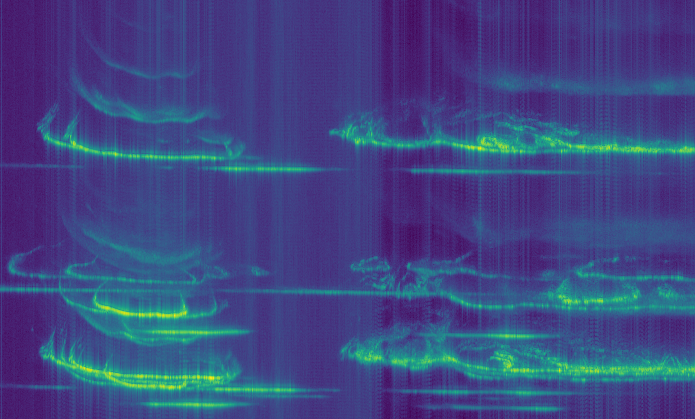On January 28th, Tetsu JA0CAW reported on Twitter his reception of an unknown satellite. The time of reception was 2018-01-28 12:15 UTC and the frequency was around 435.525MHz. The time and frequency coincided with a PicSat pass over JA0CAW’s station in Japan. He provided an IQ recording of the signal. So far, the satellite that originated the signal has not been identified. Several people have tried to listen to this satellite again, but I haven’t seen any other reports. Doppler identification has not been attempted and it is perhaps unfeasible with the few packets in JA0CAW’s recording.
I have looked at the recording to try to identify the satellite. The modulation is easily seen to be BPSK at 9600baud. The signal presents a lot of fading, so demodulation without bit errors is difficult. There seems to be a scrambler in use. I’ve tried descrambling with G3RUH and CCSDS without any luck. I’ve also failed to identify a preamble or frame sync marker.
To look at the packets in more detail, I’ve resorted to do demodulation as postprocessing in a Jupyter Python notebook. The resulting notebook is here. It is written with detailed comments, so it can be of interest to anyone who wants to learn these techniques.
The only interesting piece of information that I’ve been able to extract from my analysis is that the bits in the packets present strong self-correlations at lags of 1920 bits (and multiples). This is 240 bytes, but I have no clue of what to make of this.
As always, I would be grateful if anyone can provide any additional information about this unknown satellite.


